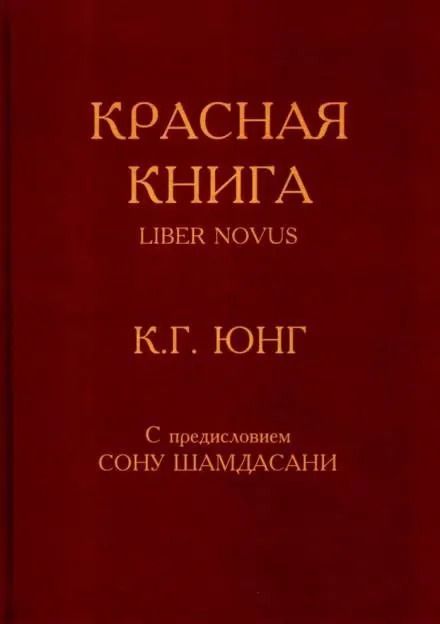
"Liber Novus", also known as the "Red Book", is a manuscript created by psychologist and philosopher Carl Gustav Jung between 1914 and 1930. For many years, Jung's relatives and descendants prevented the publication of this important document in the history of psychology, and it wasn't until 2001 that researchers were granted access to the manuscript. The book introduces readers to Jung's thoughts during the period when he was developing his concepts of archetypes and the collective unconscious - the foundations of human psychology that manifest in language, universal symbols, and myths. Jung used self-analysis as a means of developing his approach to psychotherapy as a form of self-understanding, and the book provides a candid look into his inner life, almost without censorship. Shamdasani considers the "Red Book" to be the central episode in Jung's entire body of work, and it offers Jung's followers endless opportunities to reflect on the meaning of his enigmatic texts and to place them in intellectual and biographical contexts. Jung himself warns in an unfinished afterword to an unfinished book begun in 1959 that "the content of the book may seem like madness to the superficial reader."